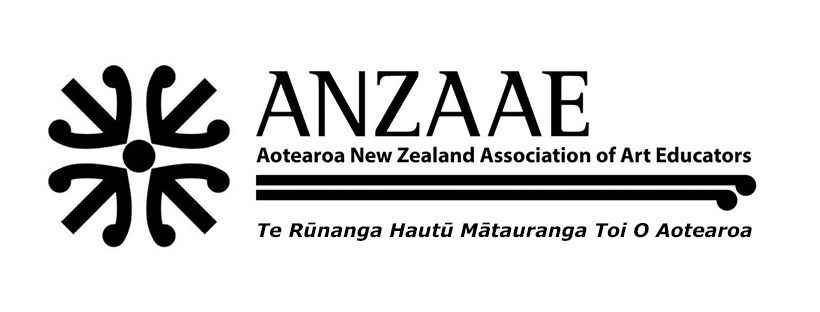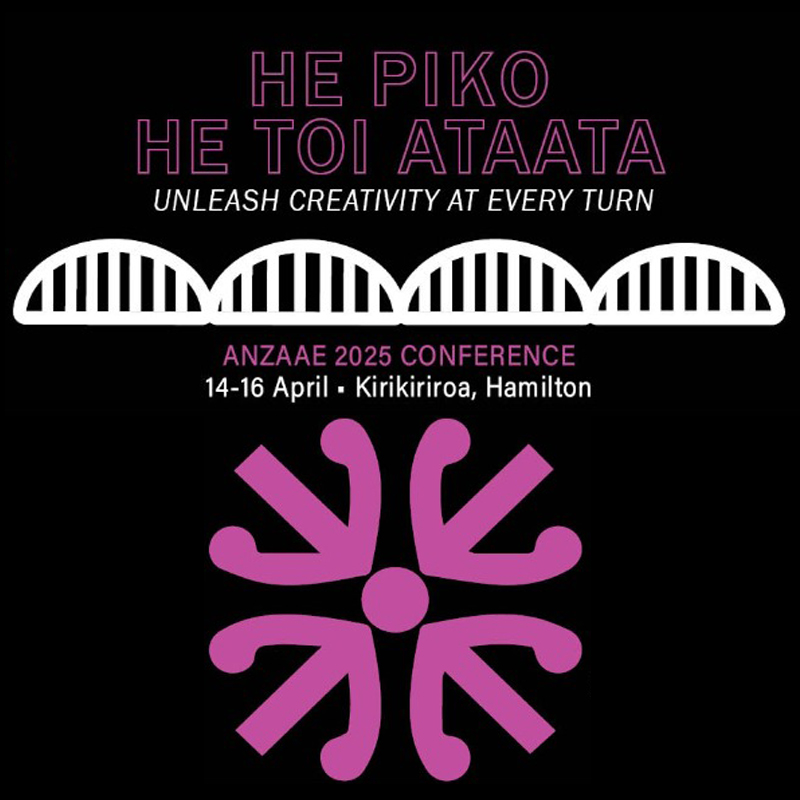Megan Scott – A Tale of Two Cities: A Visual Exploration of Environment, Architecture and Identity in Ōtepoti Dunedin and Kirikiriroa Hamilton
This presentation explores the concept of sense of place and identity through the lens of architecture, drawing on the interconnected themes of whakapapa (history), taiao (the natural world), and whaihanga (building). By examining two cities in Aotearoa New Zealand—Ōtepoti Dunedin, in the deep south, and Kirikiriroa Hamilton, in the heart of the North Island—it considers how these elements shape the cultural and architectural landscapes of these contrasting urban environments. Inspired by the Māori whakatauki “Inā ke te mōhio koe ko wai koe, i anga mai koe i hea, kei te mōhio koe, kei te anga atu ki hea” (If you know who you are and where you are from, you will know where you are going), this comparative study offers a reflective exploration of how history and environment inform a city’s identity and future.
Dunedin, with its well-documented European history, established by Scottish settlers in 1848, boasts a rich architectural heritage, including numerous historic buildings and landmarks. As the home of the University of Otago, New Zealand’s oldest university, Dunedin’s culture is deeply influenced by its student population. In contrast, Hamilton, established in 1864 by British militia, has a less visible historical narrative, particularly in its built environment. Modern developments often obscure the remnants of earlier structures, resulting in a city where heritage is sometimes forgotten or overlooked. Yet, Hamilton, like Dunedin, also carries a distinct character shaped by a vibrant student presence.
This presentation highlights commonalities and contrasts between these two cities, offering insights into how architects approach the integration of history and modernity. It also reflects on the creative processes employed in designing and adapting heritage buildings for contemporary use, ultimately exploring how these cities’ pasts and environments shape their future trajectories. Through this visual journey, the talk invites reflection on the role of architecture in cultivating a deeper sense of identity and belonging.
Biography
Megan Scott is a tertiary educator, an architect, and award-winning professional with a deep commitment to integrating cultural identity, history, and the built environment. A graduate from the University of Auckland with a Bachelor of Architectural Studies and a Bachelor of Architecture with Honours, Megan was also awarded the prestigious Potters Award for Construction. She is currently at tertiary teacher at Wintec, where she combines her academic role with extensive practical experience in architectural design.
As the 2023 Convenor of the Waikato Bay of Plenty Te Kāhui Whaihanga New Zealand Institute of Architects Awards, Megan has played a key role in recognizing excellence in the field. Her involvement in architectural practice spans a broad range of project types, including residential, commercial, educational, community, civic, and sporting facilities. She has contributed to several award-winning architectural projects, bringing a strong focus on innovative design solutions and thoughtful integration with the surrounding environment.
Megan brings a multidisciplinary approach to architecture, blending technical precision with a keen eye for visual storytelling. Her work reflects her ongoing interest in the intersection of architectural heritage and modern needs, particularly through adaptive reuse and sustainable design practices. She is also passionate about engaging with diverse communities to create environments that resonate with local identity and culture.
Her current research interests explore the role of architecture in shaping the sense of place and identity within New Zealand cities, with a specific focus on Dunedin and Hamilton. Megan’s teaching and research are inspired by the Māori whakatauki “Inā ke te mōhio koe ko wai koe, i anga mai koe i hea, kei te mōhio koe, kei te anga atu ki hea”—believing that understanding where we come from shapes where we are going.

